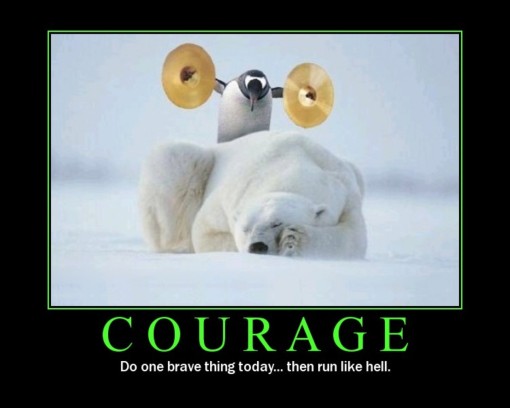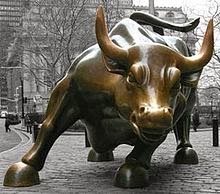 Hashtags are to the social web what emoticons were to Web 1.0 and TXTing. While both are forms of expression and sentiment, there is one subtle, but vital difference. Hashtags are not only part of online culture, they are defining a new era of communication on the Web and IRL (in real life). With over 140 million Tweets flying across Twitter every day, hashtags surface a method to the madness – the ability to group conversations into an organized timeline. But what started out as a way to index conversations in Twitter has now substantially altered how people convey, relay and discover information in and out of the popular nichework. The hashtag has also become an effective form of #selfexpression.
Hashtags are to the social web what emoticons were to Web 1.0 and TXTing. While both are forms of expression and sentiment, there is one subtle, but vital difference. Hashtags are not only part of online culture, they are defining a new era of communication on the Web and IRL (in real life). With over 140 million Tweets flying across Twitter every day, hashtags surface a method to the madness – the ability to group conversations into an organized timeline. But what started out as a way to index conversations in Twitter has now substantially altered how people convey, relay and discover information in and out of the popular nichework. The hashtag has also become an effective form of #selfexpression.
In social media, “x” no longer marks the spot, “#” is now the indicator for popular culture and all that moves it. In the social economy, the hashtag is an indicator of value in the Twitter information exchange. Each hashtag represents revolving markets with varying lifespans determined by the significance of the conversation and its continuously fleeting demand. Some last only minutes, while others endure for hours or days.
 Marketers are starting to realize that
Marketers are starting to realize that  Recently, I was offered a box of #
Recently, I was offered a box of #
 In the era of seismic change now occurring on Madison Avenue, ad agencies are starting to strap on an extra seat belt. There is a lot of talk about revamping traditional ad agency models, e.g., digital, hybrid, tradigital or simply, creation of the “new agency”. Traditional agencies are pushed to their limits by the explosion of digital and social media marketing projects as clients demand greater expertise. Agency compensation models fortified with high overhead are under pressure since it isn’t easy for a large agency to monetize the creation of a Twitter background page or Facebook fan page. This leads us to the need for a compensation model that reflects activity-based pricing delivered more efficiently. For new ad agency start-ups, the answer may be what we call the “Fifth Model”. This is another step in the long evolution of ad agencies adapting to changing market conditions for well over 100 years.
In the era of seismic change now occurring on Madison Avenue, ad agencies are starting to strap on an extra seat belt. There is a lot of talk about revamping traditional ad agency models, e.g., digital, hybrid, tradigital or simply, creation of the “new agency”. Traditional agencies are pushed to their limits by the explosion of digital and social media marketing projects as clients demand greater expertise. Agency compensation models fortified with high overhead are under pressure since it isn’t easy for a large agency to monetize the creation of a Twitter background page or Facebook fan page. This leads us to the need for a compensation model that reflects activity-based pricing delivered more efficiently. For new ad agency start-ups, the answer may be what we call the “Fifth Model”. This is another step in the long evolution of ad agencies adapting to changing market conditions for well over 100 years. More and more, I like the word “appeal” and its implications for marketing and facilitating the building of relationships.
More and more, I like the word “appeal” and its implications for marketing and facilitating the building of relationships. For example,
For example,  Courage. Now, there’s a word not often used in marketing – though often used in business. We call leaders courageous when they make unpopular decisions, usually internally, that change process significantly enough to create a turnaround. Perhaps to drive costs down, perhaps to drive morale up – but always to make a significant change. In marketing, in my humble opinion, courage is the ability to very clearly identify, select and stick with a target audience.
Courage. Now, there’s a word not often used in marketing – though often used in business. We call leaders courageous when they make unpopular decisions, usually internally, that change process significantly enough to create a turnaround. Perhaps to drive costs down, perhaps to drive morale up – but always to make a significant change. In marketing, in my humble opinion, courage is the ability to very clearly identify, select and stick with a target audience.